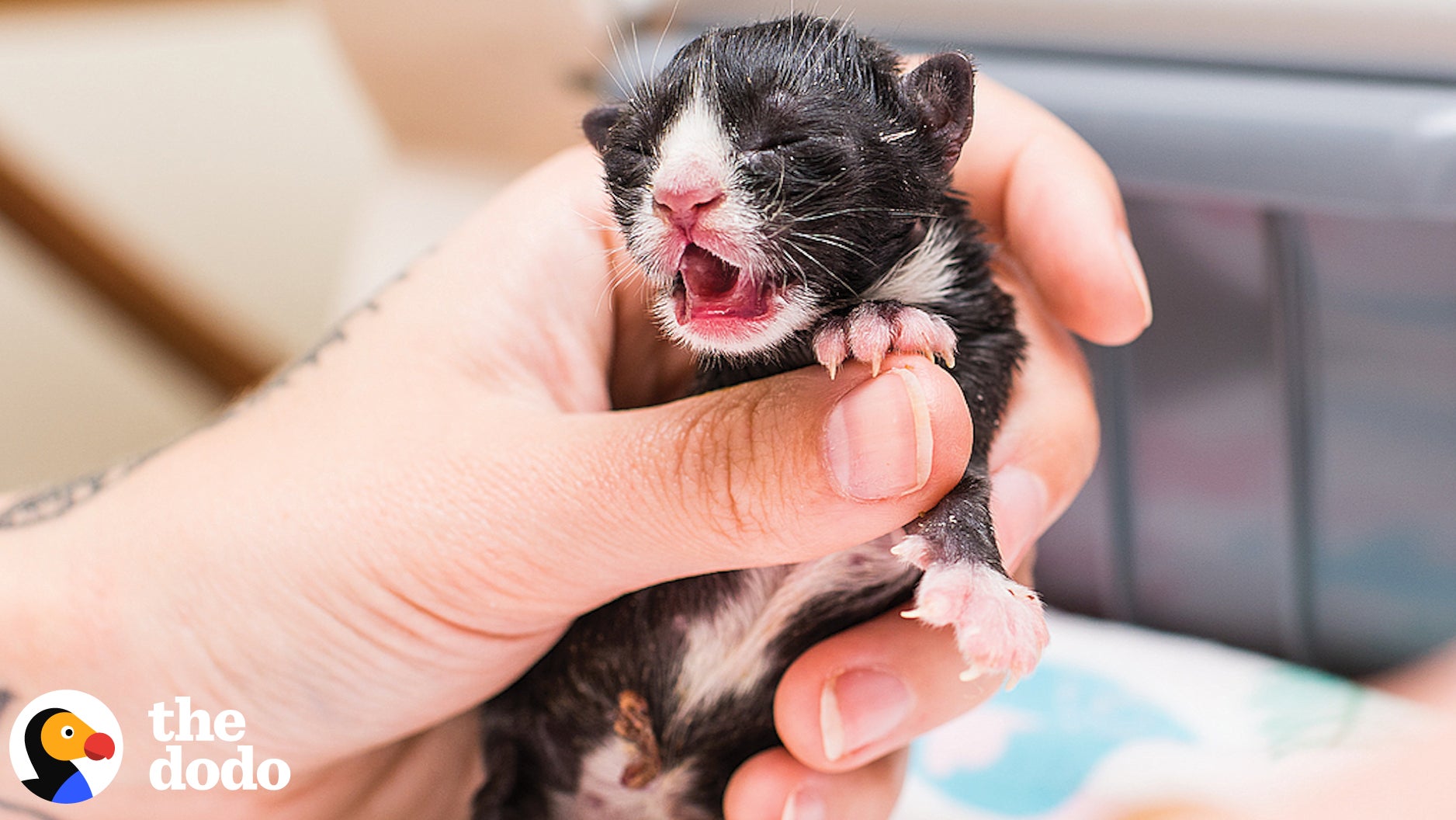What the Dodo’s animal videos tell us about the different corners of the internet
Some of the most-viewed videos on Facebook from the animal-centric media brand the Dodo are heartwarming clips of tiny kittens, cuddly rescue pit bulls, and tender moments with hippos. On Snapchat, viewers are more drawn to snakes and spiders. A video from the Dodo featured in Snapchat’s Discover section this week showed a man in Vietnam having a leech removed from his nose.


Some of the most-viewed videos on Facebook from the animal-centric media brand the Dodo are heartwarming clips of tiny kittens, cuddly rescue pit bulls, and tender moments with hippos. On Snapchat, viewers are more drawn to snakes and spiders. A video from the Dodo featured in Snapchat’s Discover section this week showed a man in Vietnam having a leech removed from his nose.
“Snapchat makes me feel so old,” says Izzie Lerer, the Dodo’s 33-year-old founder and chief creative officer, with a laugh. “This was a hard one to learn…. We’ve been flexible and willing to reinterpret the brand” for the platform.
The Dodo—part of Group Nine Media, which also includes Thrillist, NowThis, and Seeker—has made a business around viral animal videos online. The company boasts roughly 2.5 billion video views per month across its social and digital platforms, and calls itself the top animal brand on digital, based on its internal analytics for each platform. Founded in 2014, the Dodo came of age on Facebook, where it now has more than 24 million followers, the largest following of its social channels. Like other media companies trying to survive in 2019, it is diversifying its distribution to reach more people and bring in more advertising dollars, the brand’s main source of revenue. While the private company declined to reveal revenue figures, it said it increased its number of brand partners by 50% year-over-year in 2018, and started attracting major brands in areas outside of the pet-care space, like insurance, auto, and tech, including global names as big as Samsung.
The Dodo has broadened its focus over the last 18-24 months to include platforms like Snapchat, YouTube, Instagram, and even cable TV, where it launched the series Dodo Heroes on the US channel Animal Planet in 2018. Interest in animals is universal, the company has found. But what works for each platform, or even each audience, is not. “It’s like being a fluent speaker of another language,” says Lerer. The Dodo, which has a team of around 50 people, hires dedicated managers for each social platform that are experts in that platform.
Facebook was a natural fit for the Dodo’s adorable and uplifting animal videos from the start because it is “ostensibly the most emotional of the platforms,” says Lerer. Series on Facebook like Faith=Restored, about inspiring animals and animal lovers, serve as counter-programming to other politically and socially charged content in the news feed.
On Instagram, Facebook’s sister site, which tends to be more performative and lifestyle-focused, viewers are drawn to the Dodo’s stories of high-stakes animal rescues, such as a baby coyote being rescued by construction workers after a den collapse, and a video of a frozen baby bird who was saved by another good samaritan.
Then there are the spiders. Three-quarters of the views of the Dodo’s “daily edition”—an offering from Snapchat publisher partners that appear daily in the app’s Discover section—come from users under the age of 25. That audience prefers faster-paced, shocking content with dynamic visuals and exotic animals, the Dodo has found. “The Snapchat audience loves snakes, spiders, not classically cuddly animals, which has been so interesting for us because, we’re kind of a heartwarming brand first and foremost,” says Lerer. “But the Snap audience has a really big appetite for all kinds of species, which has been super fun to experiment with.”
YouTube has posed different challenges for the Dodo. It’s a hub for vloggers and influencers, but most of the Dodo’s protagonists are animals. The company is leaning into that now with personality-driven and human-focused series, such as The Dodo Soulmates, which spotlights human-and-animal best friends. It’s also experimenting with turning animals into online personalities.
“YouTube for a while was a bit of a dumping ground for the content we made,” says YuJung Kim, president of the Dodo, who joined the company after leading digital media for the NBA in 2015. “Then we decided to invest in it by bringing on a platform manager [and] really digging into the data to see what works. Basically, it was like turning on a switch.”
The Dodo’s YouTube channel currently has about 3.4 million subscribers—which it says represents triple-digit growth over the past two years. The popular publisher WorldstarHipHop has 19 million, for comparison.
This summer, the Dodo is launching a new YouTube channel with more kid-friendly content. It is reformatting existing videos with fun graphics, sounds, and voiceovers to appeal to children. It’s starting with the cute, cuddly animals—not the spiders—though the Dodo hasn’t ruled arachnids out if that’s what the kids are into. It already has ins with millennial parents who watch its other content, Lerer and Kim say, and the company hopes to build on that. There’s also demand among advertisers for child-safe YouTube content, which the media brand wants to tap into.
Yet, even with each platform’s nuances, the Dodo says there are the rare stories that succeed across social channels. One of those “grand slams,” as the company calls them, was a video of a tiny kitten who was rescued from the trash. There are just some stories you can’t help but be moved by.